The U.S. has diversified faster than what the Census Bureau had predicted by 2020, nearly 4 of every 10 Americans identify with a race or ethnic group other than white and the youth (those falling under adult age of 18 years) being the most diverse of the entire population. With this growth leaves a set of our population that has unique and unmet needs.
Although this market is full of opportunities, given that People of Color spend $1.1 bn on cosmetics each year, it is not without challenges. For instance, there is a lot of skepticism that a product is true to its claims, and for this reason consumers are looking to friends, reviews and influencers for honest opinions and insight. They do their research and especially at a time when many companies could be accused of cause-washing, known as hopping on the good-cause bandwagon, hoping to appear differentiated or caring, and instead come across as ingenuine.
Think of these challenges while formulating and communicate how your product addresses such:
- Coverage – lacking full & true to color
- Reducing graying ashen look
- Lack of product and application education
- DIY
- Customizing for ideal colors by layering shades, or blending frequently used colors together themselves. Very common for lip products.
Using Color Theory to Determine Skin Tones, Undertones & Complimentary Colors
Primary and secondary colors play a big part in how natural skin color looks.
When identifying the wrong undertone, therefore the wrong complimentary colors, application can make skin look gray or ashy.

The Nuance of Tones and Undertones
Skin tone = depth of skin

Undertone = base of skin.

Neutral
Mix of Green, Red and Yellow Undertones

Cool
Pink & Blue Undertones

Olive
Yellow & Green Undertones

Warm
Yellow & Golden Undertones
Neutral shades with warm undertones are universally complimentary.
- Substitute neutral shades that work more on fair skin like beige, silver and ivory with gold, caramel and terracotta the
Darker tones reflect more light so iridescence can be replaced with sparkle in varying sizes for light effects.
- Grey-toned lipsticks have the misconception of washing out the face, but the key is to go for a cool-toned one, it’s flattering on most undertones.
Rich Pigmented Skin Needs Rich Pigmented Make-up
If you take the Goldilocks approach, consumers would select the range closest to their skin tone, andbranch out for from 5 base shades for a lip their skin tone can stand up to without being washed out.

Playing to Undertone however Accentuates the Natural Beauty in an Individual




Berry-toned colors and the varied hues are universally complimentary. Deeper blue-based colors or deep reds like cranberry, can make teeth appear whiter vs the brighter counterparts like raspberry.
Diversity and Individualism: the Paradox on Complementary Colors to Complexions
Speak to the uniqueness of women of color
Educate consumers on what complementary shades are for their skin, demonstrate the richness and effects by featuring people who look like them.
Consider duos of
- Stick and gloss
- Two color gloss sets
- Complementary tone palettes
Include Upcoming Color Trends
Or take a deeper look into Color Trends for the Eyes
Ingredients
Colors to start
- Amber
- Amethyst
- Garnet
- Ruby

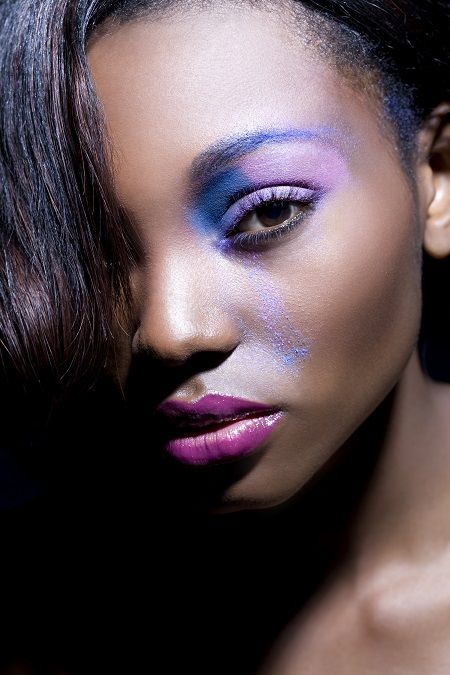






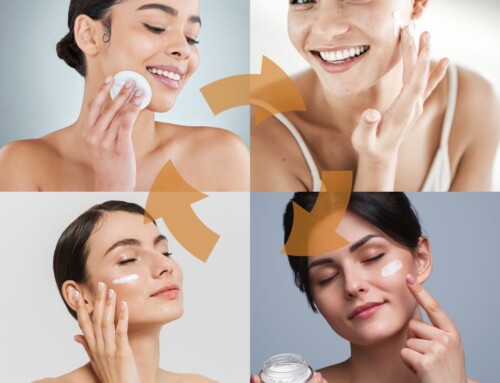
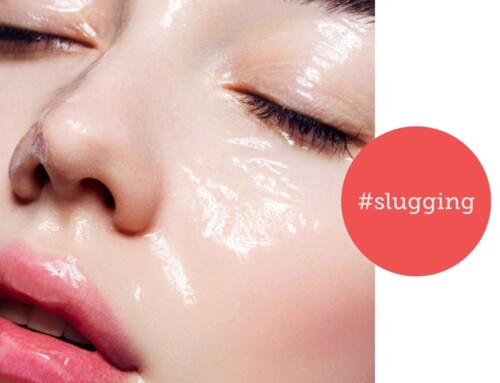
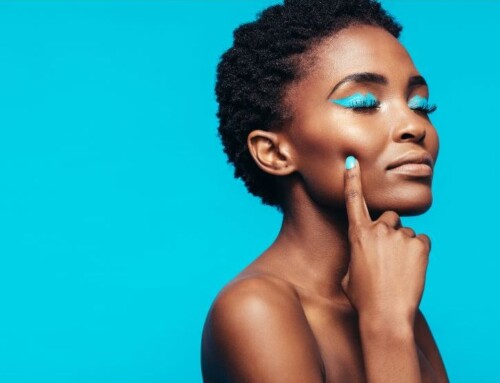
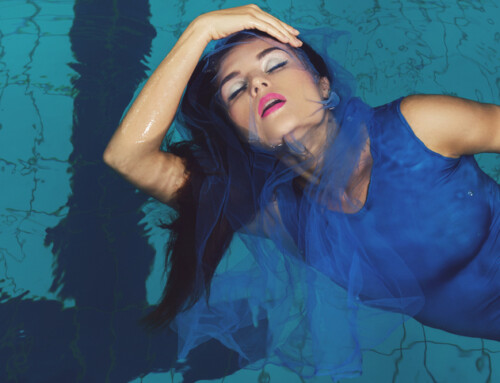
Leave A Comment
You must be logged in to post a comment.